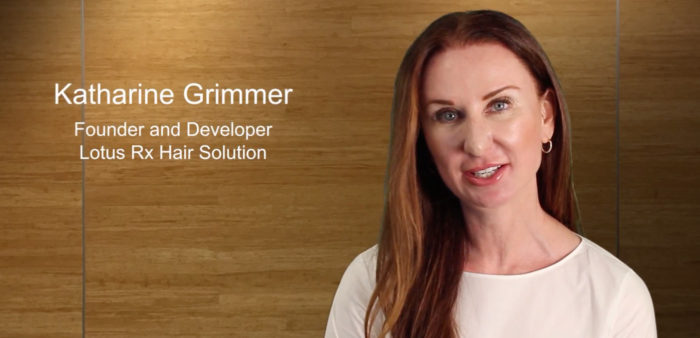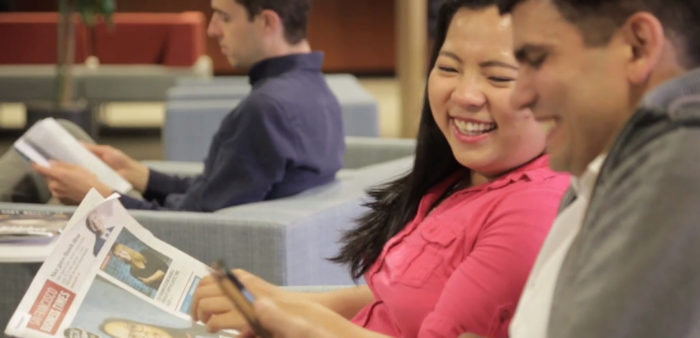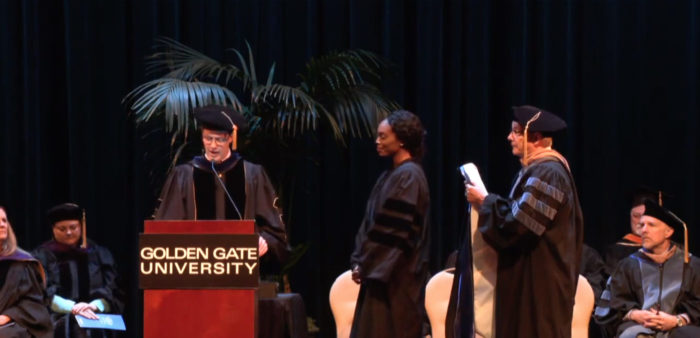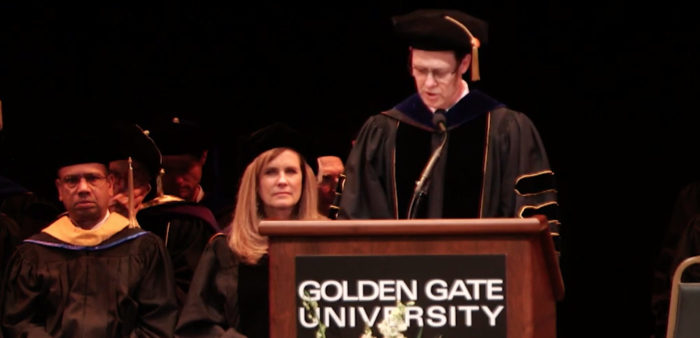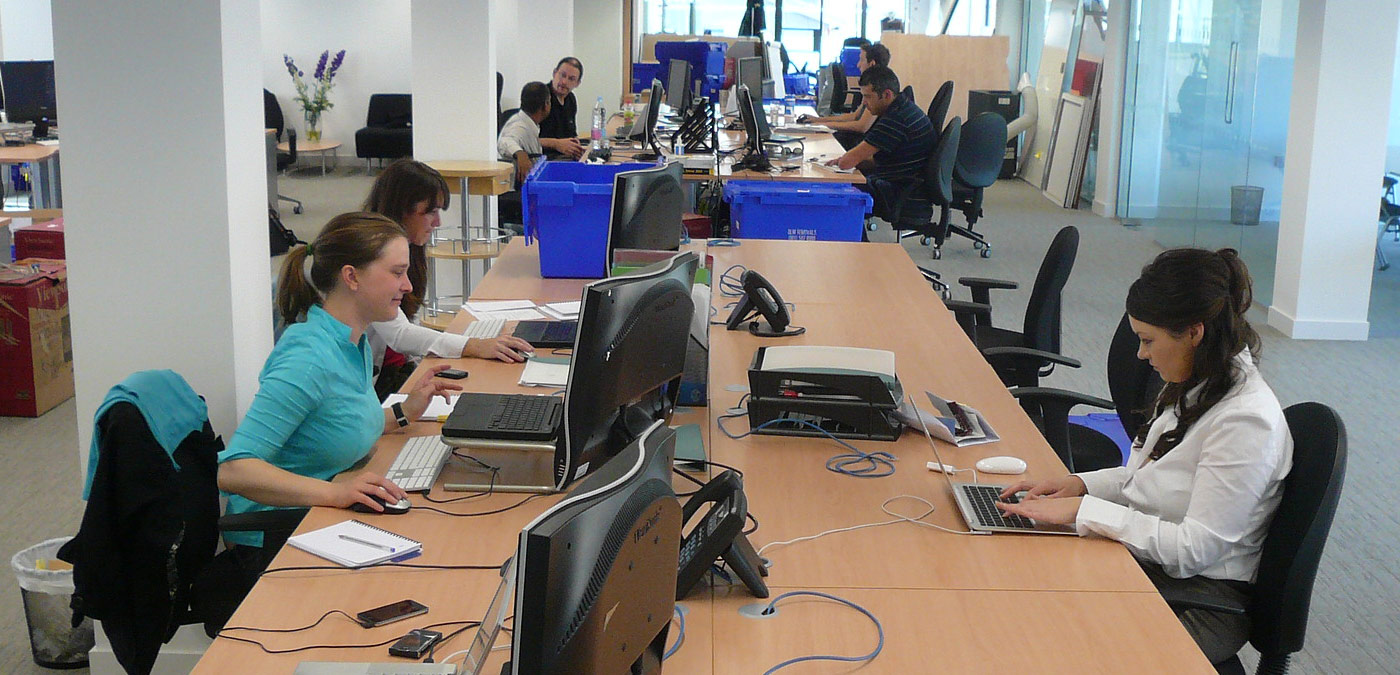
Five Tips for Optimizing Your Brain
Artificial Intelligence is here. We can outsmart the robots if we optimize our human brains.
As technological change accelerates, organizations prepare for increased AI and machine learning in the workplace. We can expect faster innovation cycles and fluctuating business circumstances that demand mastery of new knowledge. However professionals who embrace a strategy for learning will keep pace with organizational advancement.
Associate Professor Marcia Ruben, PhD, PCC, a leading innovator in applied neuroscience and leadership, is among GGU faculty members who are bringing the neuroscience of learning into the classroom and training others in cutting-edge neuroscience learning techniques. Here are five tips for super-charging how you learn in the workplace, based on work done by Josh Davis, Maite Balda. David Rock, Paul McGinnis, and Lila Davachi published in volume five of the 2014 NeuroLeadership Journal.
Pay Attention
Neuroscientists have discovered that activation of a brain region called the hippocampus plays a significant role in information recall. In order for the hippocampus to sufficiently activate, we must give our undivided attention to the task at hand. However, studies have long demonstrated that we can only pay attention for 20 minutes at a time, before losing ability to retain information. Take a break after 20 minutes or shift your focus to a different task to allow your circuits to refresh. If you have to focus for long periods, allow your mind to drift and when you return to the task, consider what’s new about your work to help your brain revive.
Don’t Multitask
Avoid multitasking—the enemy of learning—like the plague. Studies show that when people multitask they are not doing more than one task at a time, but rapidly switching between two actions and engaging only one brain region at a time. Participants attempting to multitask performed worse on tasks than those who focused on just one task. The poor performance of the multitaskers was due to the effort involved in constantly refocusing. Be thorough and consistent about limiting multitasking and you will achieve better results.
Generate Your Own Ideas
Create and share connections to new ideas and your memory will be bolstered. Studies show that learning improves when we engage brain regions involved with generating new knowledge and social interaction, including the medial prefontal cortex (MPFC), a region involved in thinking about identity and the self. You can facilitate learning by applying what you have learned, training others on new approaches, making decisions based on new information, presenting ideas to a group, and reflecting on how new ideas relate to yourself and your projects.
Create Positive Emotion
Some positive emotion enhances learning and too much negative emotion can sabotage it and reduce creativity and innovation. Studies show a strong correlation between the vividness of a memory and the emotionality of the learning process. If you’re trying to tamp down negative emotions while learning, try acknowledging your feelings to clear away distractions. Another effective tactic is called reappraisal. If you’re feeling frustrated with learning a task, focus on the positives such as what you have learned so far and the value this new knowledge will bring. Not only will this help you move forward with a positive outlook, it will improve your ability to remember new information.
Space Out Learning
Spacing out learning over an extended time is the single most important practice for enhancing memory—especially at work where long-term memory matters. It’s also counterintuitive. Multiple studies show that students perform better when they learn new material over several sessions. One of the most profound benefits of spacing is that it allows for sleep, which provides optimal conditions for learning. When training yourself or others on new knowledge, return to material multiple times and space out training sessions to maximize return on your investment.
Source:
Davis, J., Balda, M., Rock, D., McGinnis, P., & Davachi, L. (2014). The science of making learning stick: An update to the AGES model. NeuroLeadership Journal, 5(August 2014), 1-16.

